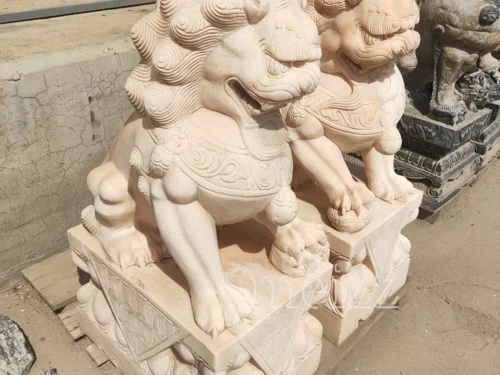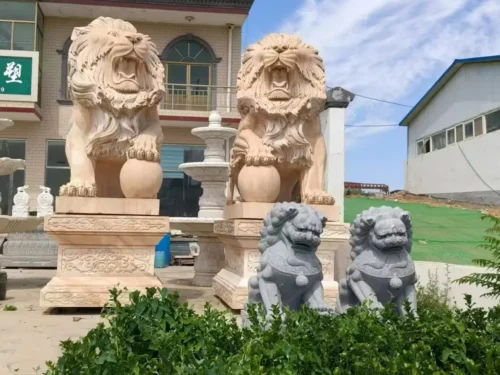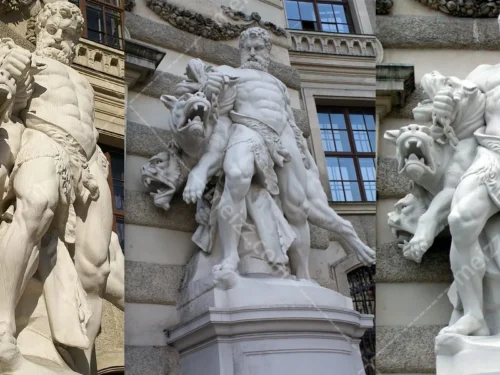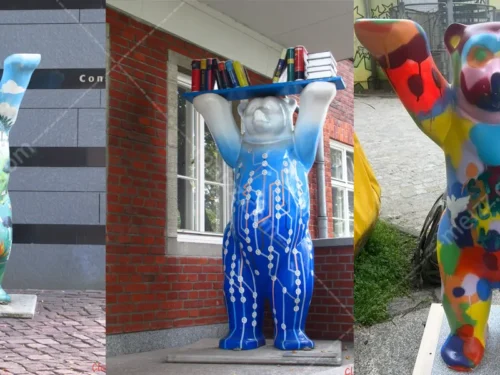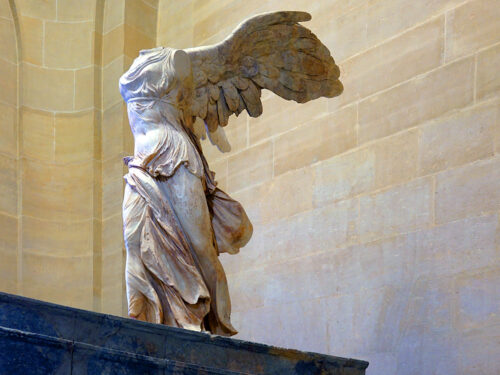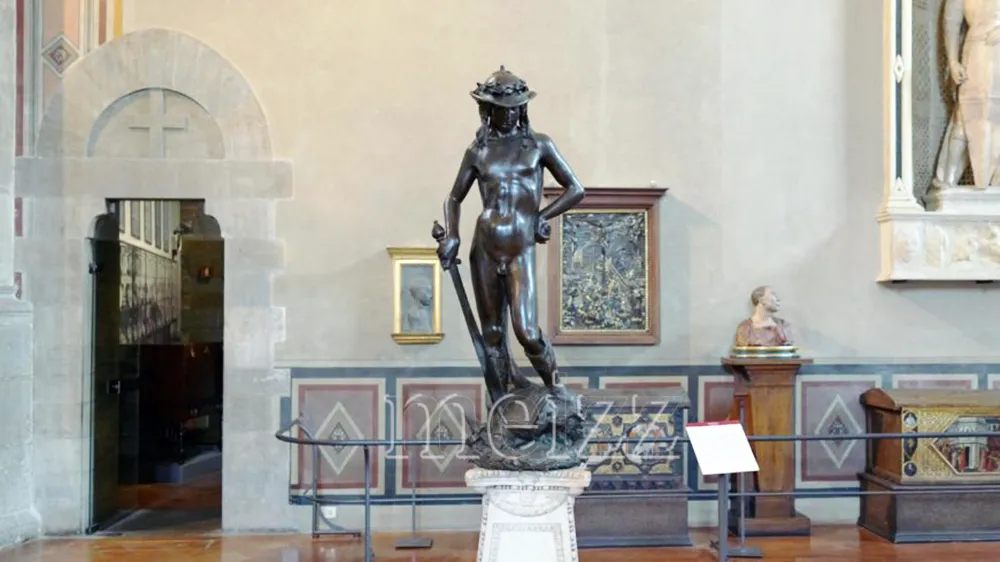

The bronze statue of david by donatello was completed around the 1430s and is one of Donatello’s most representative works. It is currently housed in the Bargello Museum in Florence. This statue is cast in bronze, presenting a deep and textured surface, and fully demonstrating the Renaissance’s pursuit of human proportion and naturalism.

The bronze statue of david by donatello originates from the story of “David and Goliath” in the Book of Samuel of the Bible. David was a young shepherd of Israel, while Goliath was a powerful Philistine giant. David, with wit and courage, successfully defeated Goliath with a stone. This story symbolizes the theme of the weak defeating powerful enemies and wisdom defeating violence, becoming an important symbol in Christian culture. This statue not only showcases David’s courage and wisdom, but also represents the exploration of human aesthetics during the Renaissance, the inheritance of ancient classic art, and the profound expression of human spirit and emotions.
The posture and emotions of characters
The most striking aspect of the Bronze David statue is the posture and expression of its characters. David’s body slightly turned to the side, with his left leg standing and his right leg naturally suspended. This typical “contrapposto” shape is a classic technique in Renaissance sculpture. Through this posture, Donatello cleverly combines the natural movement of the human body with static sculpture, showcasing the character’s sense of balance and dynamism.
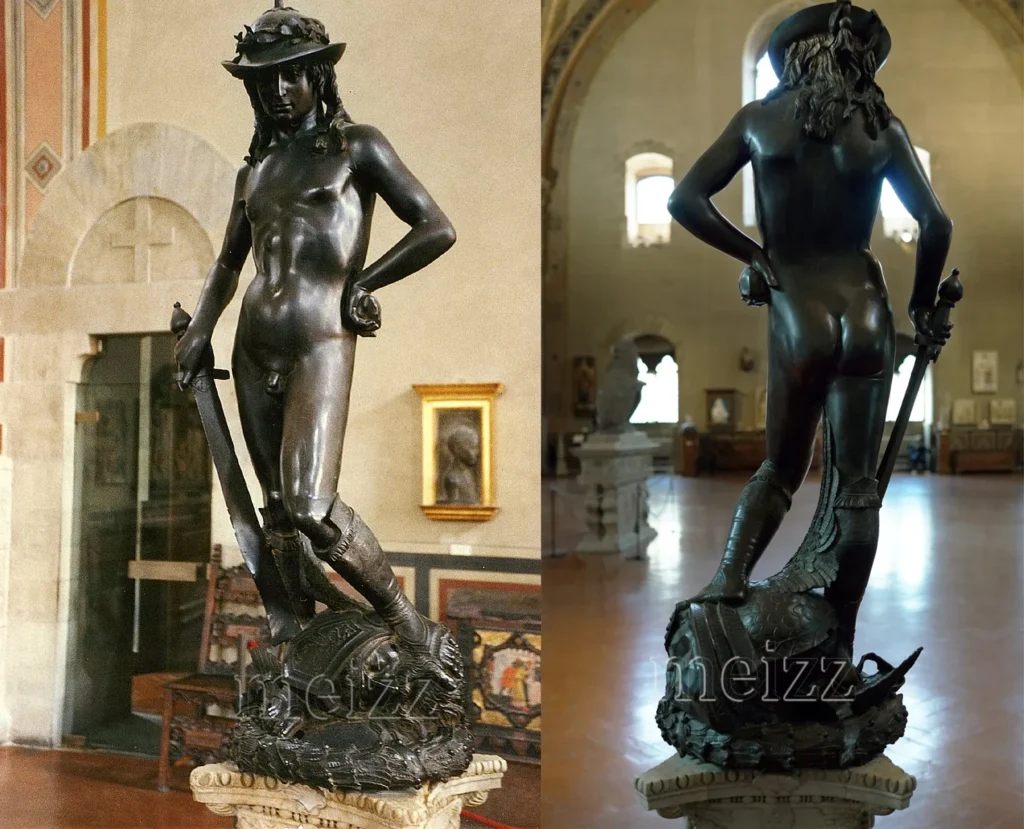
The Heroic Concept of the Renaissance
The Bronze David statue is a typical representative of humanistic thought during the Renaissance period. The Renaissance emphasized the values of human reason, freedom, and individuality, and David’s image perfectly embodies this idea. He is no longer a hero empowered by God, but a hero with independent thinking and transcending external environmental limitations. David’s composure and confidence symbolize the Renaissance’s pursuit of human reason and wisdom, as well as the admiration for individual heroism.
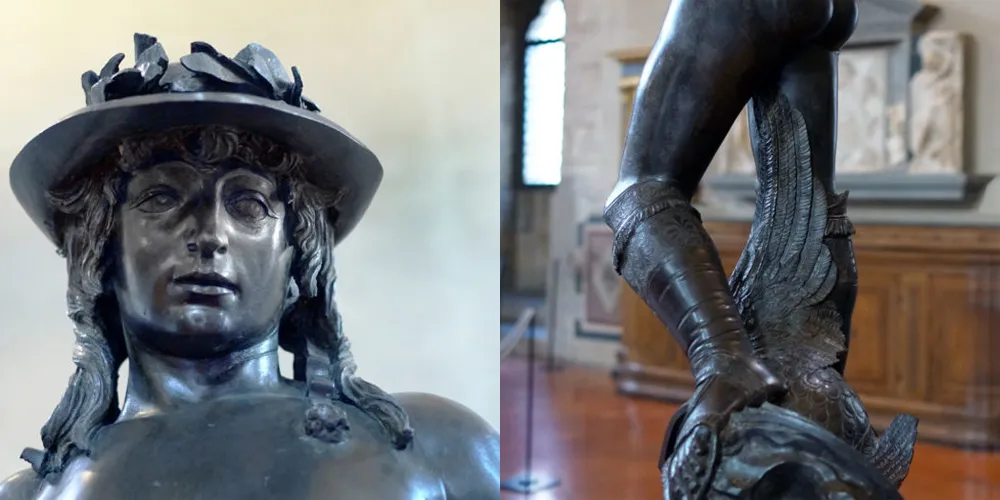
Introduction to Donatello
Donatello, whose real name is Donato di Niccol ò di Betto Bardi, was a famous sculptor of the Italian Renaissance and is often considered one of the pioneers of sculptural art. He was born in Florence in 1386 and was active in the early 15th century. His works had a profound influence on later artists. Donatello excels in using delicate details and emotional expression, especially in the field of character carving, making pioneering contributions. Donatello’s innovative techniques provided valuable artistic experience and inspiration for later sculptors such as Michelangelo and Bernini.
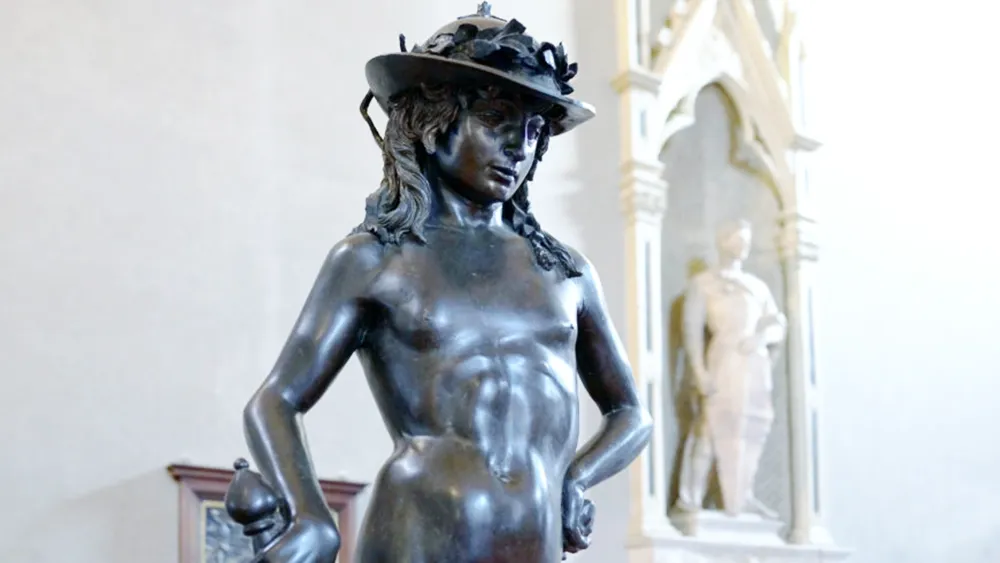
Political symbolism of bronze statue of david by donatello
Behind the bronze statue of david by donatello, there are profound political symbolic meanings. In the Republic of Florence at that time, David was regarded as a symbol of the city because Florence was facing threats from external enemies, and the citizens regarded the Big TV as a symbol of courage, victory, and freedom. Therefore, Donatello’s Bronze David statue is not only an artwork, but also has strong political symbolic significance, expressing the spirit of the Florentine people’s resistance to oppression and pursuit of freedom.


